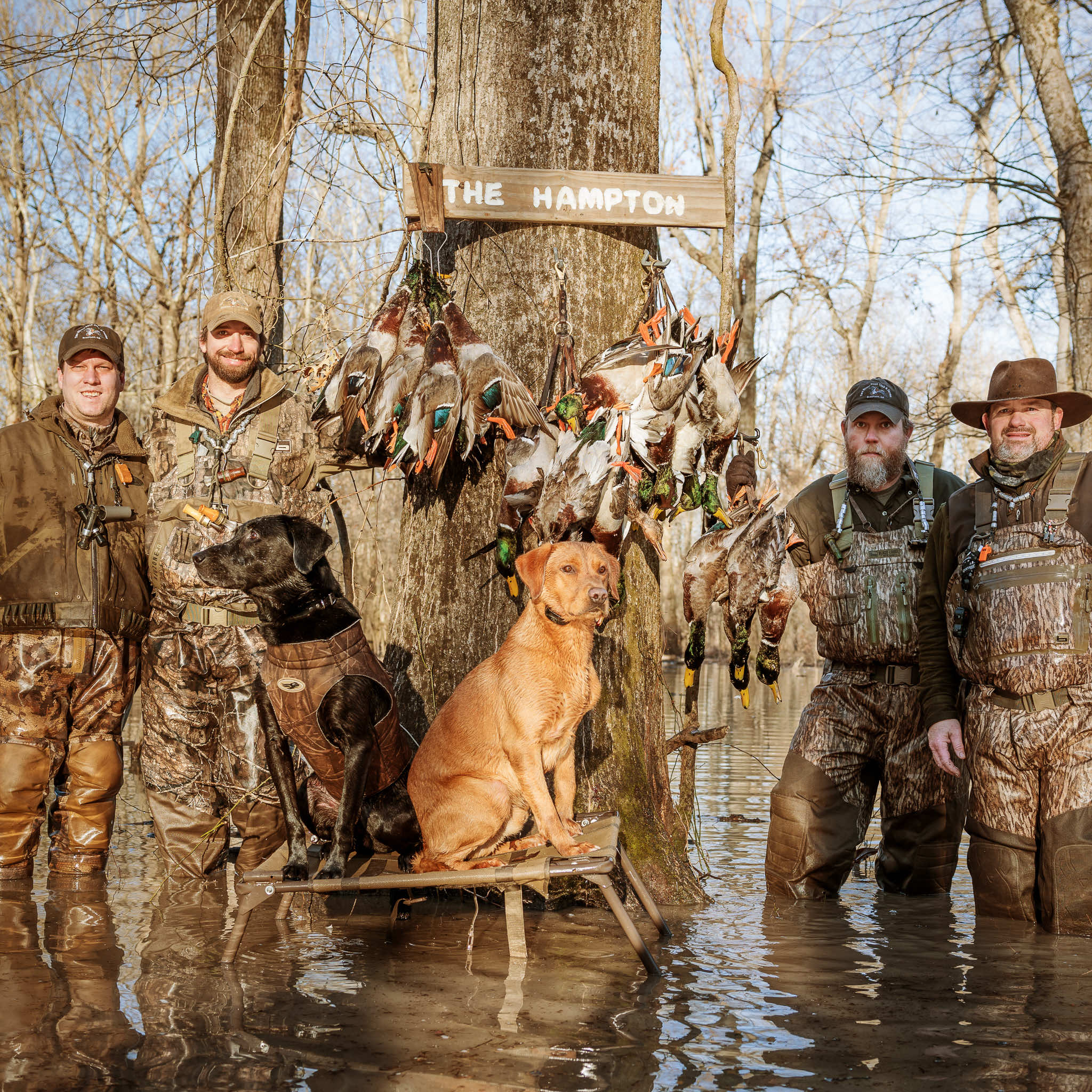USING LIDAR TO BUILD BETTER DRAINAGE AND BOAT LANES
Smarter management decisions can be made using data collected from today's LiDAR systems. With high resolution and accuracy, datasets collected through the use of LiDAR technologies provide detailed horizontal and vertical measurements to depict the slightest topographic variations that affect surface water flow. Lidar mapping has allowed for the development of efficient drainage systems within the green-tree reservoirs (GTRs) at Two Rivers.
Historically, management of GTRs has typicaly consisted of fixed-flood regimes with early fall flooding schedules. As a result, many GTRs in Arkansas have experienced increased mortality of red oaks and the increased propagation & survivability of less valuble water-tolerant species e.g. Overcup oak. In order to conserve the health & vitality of valuable bottomland red oak species that are most beneficial to waterfowl, (e.g. Cherrybark, Nuttall, and Willow oak) adequate drainage is needed to remove water from the GTRs at Two Rivers. This project allows club managers to mainpulate water levels to optimize habitat conditions and reduce stress on bottomland hardwoods by enhancing their ability to remove water in a timely fashion. The addition and improvement of existing boat lanes allows hunters easy access to the timber holes, making those crisp, cold morning boat rides even more enjoyable.
Altogether, this land development project provides ease of access to timber holes and conserves valuable red oaks, ensuring quality green-timber mallard hunting for future generations at Two Rivers.






